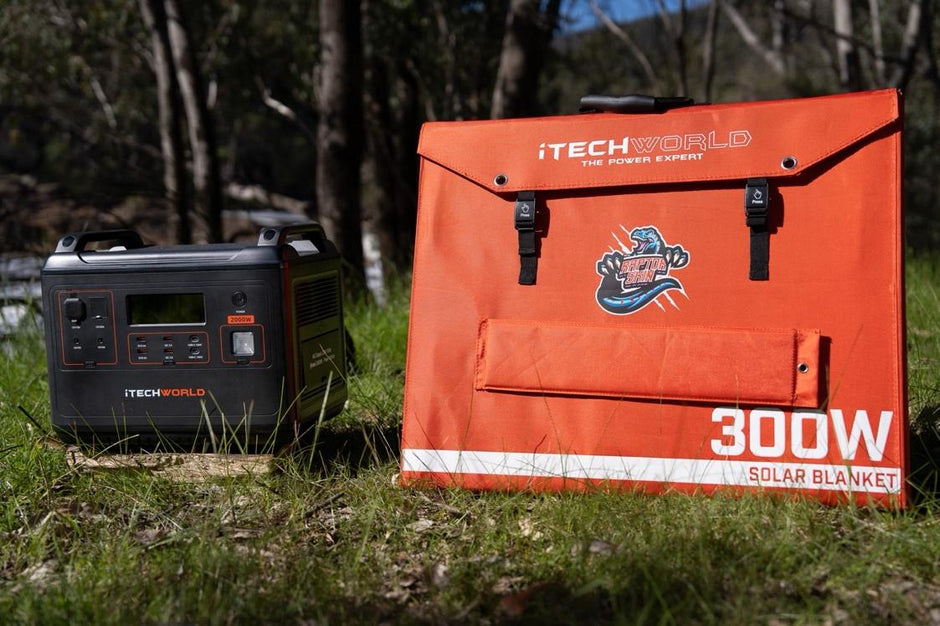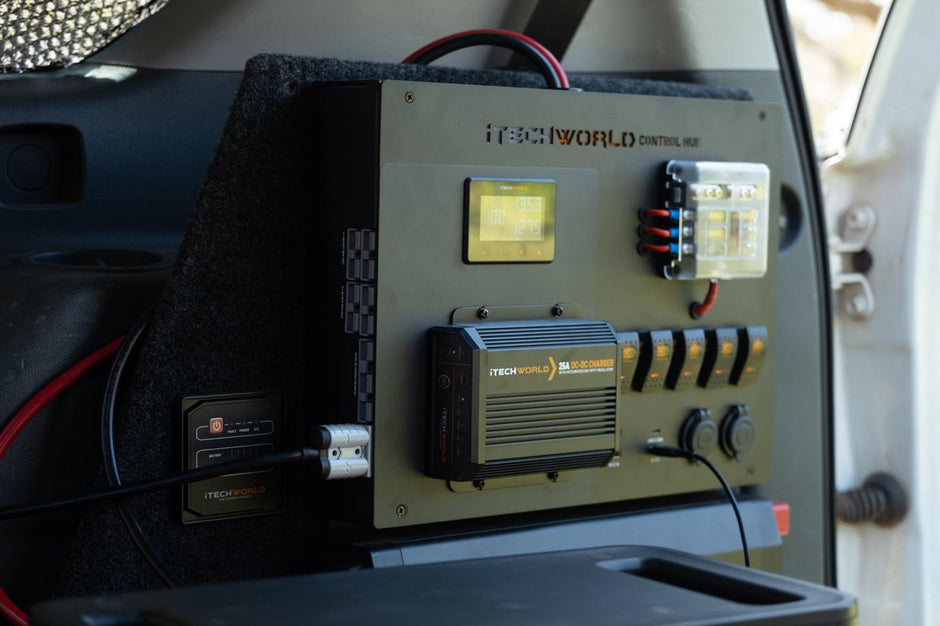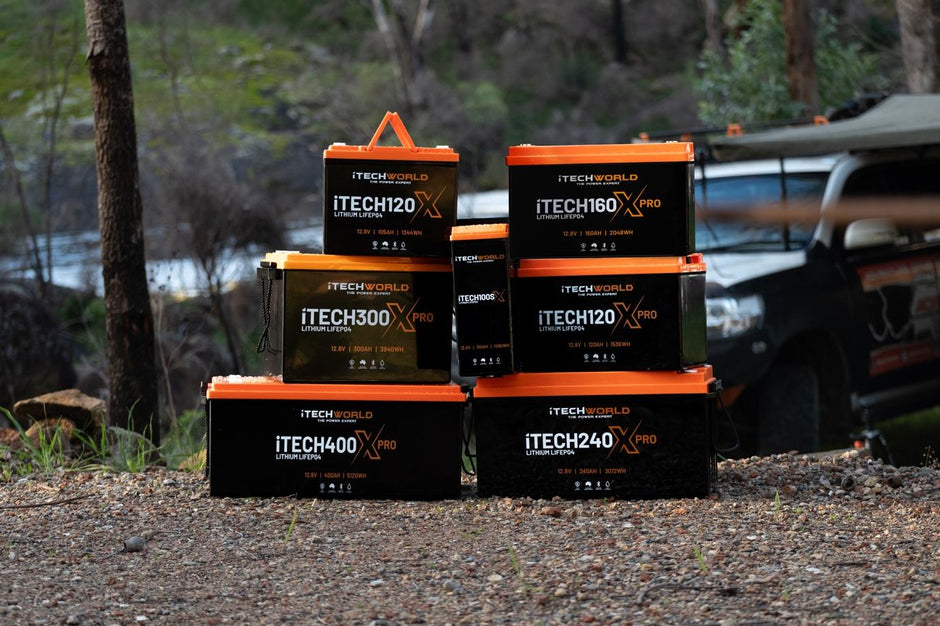iTechworld portable generators are "floating neutral", meaning that the neutral circuit is not connected to the frame or to earth ground. This also means that both legs on the receptacle are hot legs, which is normal for floating neutral generators. As a result, there is no specific hot leg and neutral leg wiring arrangement for the generator winding connection to the receptacle. The floating neutral configuration is common for applications such as connection to a recreational vehicle and connection to home power where the transfer switch does not switch out the neutral to ground connection.
RELATED: Shop the Redback 4.5kVA portable inverter generator
The floating neutral eliminates the potential of being shocked by contacting a hot leg and the generator frame at the same time, which could occur if an electrical device such as a hand held tool suffered from an internal short circuit.

Meters or other devices intended to indicate polarity may not properly indicate polarity on a floating neutral circuit. Polarity indicators generally measure the voltage across the neutral and ground connectors. In electrical systems where the neutral is bonded to ground, the voltage will be zero and correct polarity will be indicated. In systems where the neutral is not bonded to ground, voltage is also not expected across this connection. However, in a portable generator some very small current voltage readings can be recorded by sensitive volt meters. This voltage may be induced in the frame by the magnetic field of the generator. The current associated with this induced voltage and the risk of electrical shock are negligible. However, very sensitive polarity meters may interpret this voltage as an indication of reversed connections.
If you have an indication of reversed polarity, please check with the manufacturer of your meter to determine if that reading capability applies to the floating neutral output from a portable generator.
Article author
Ian
ian@itechworld.com.au







